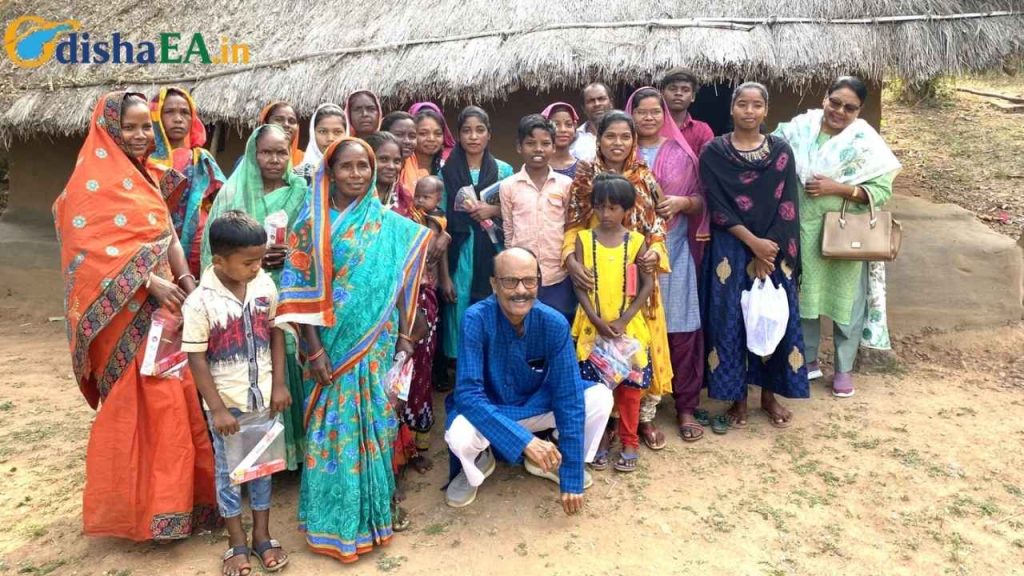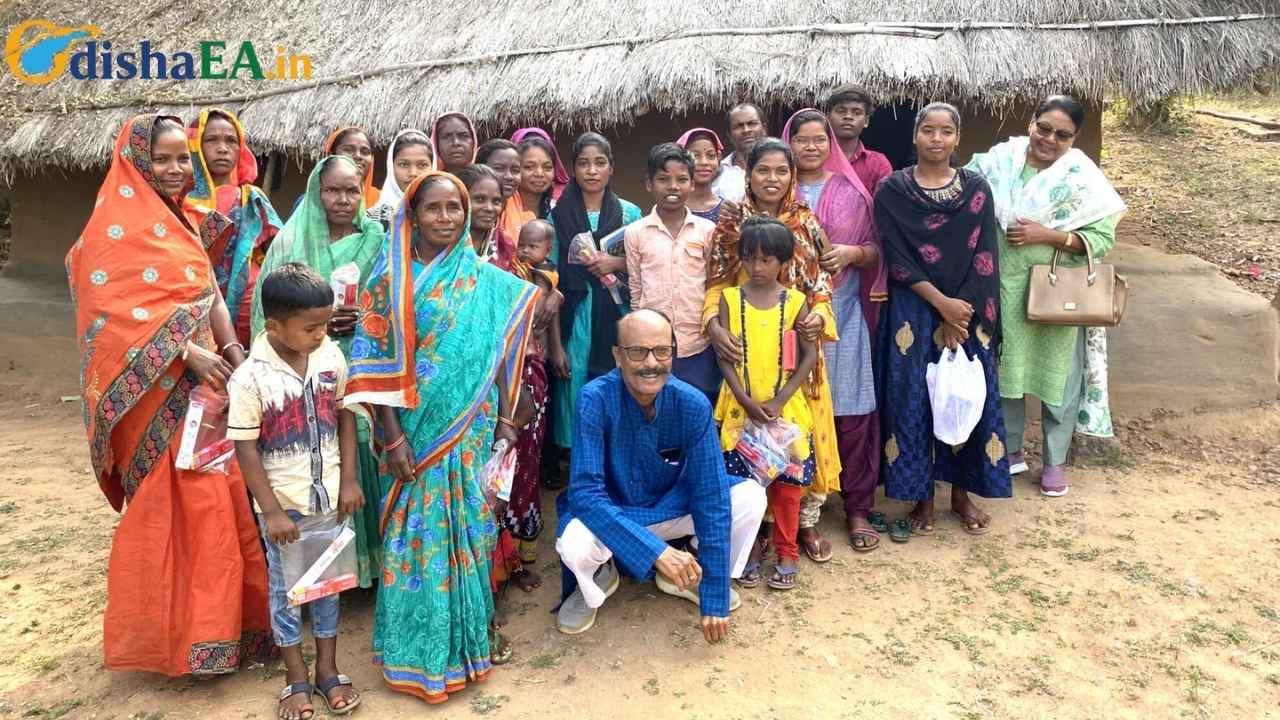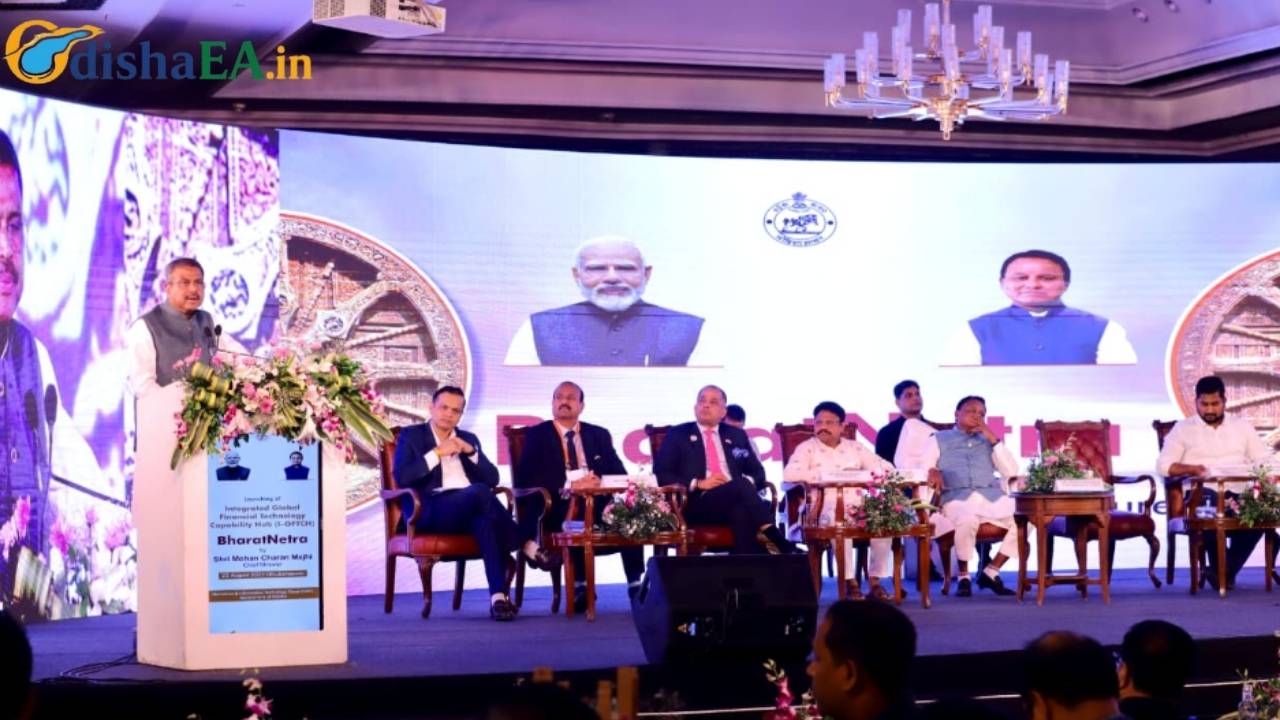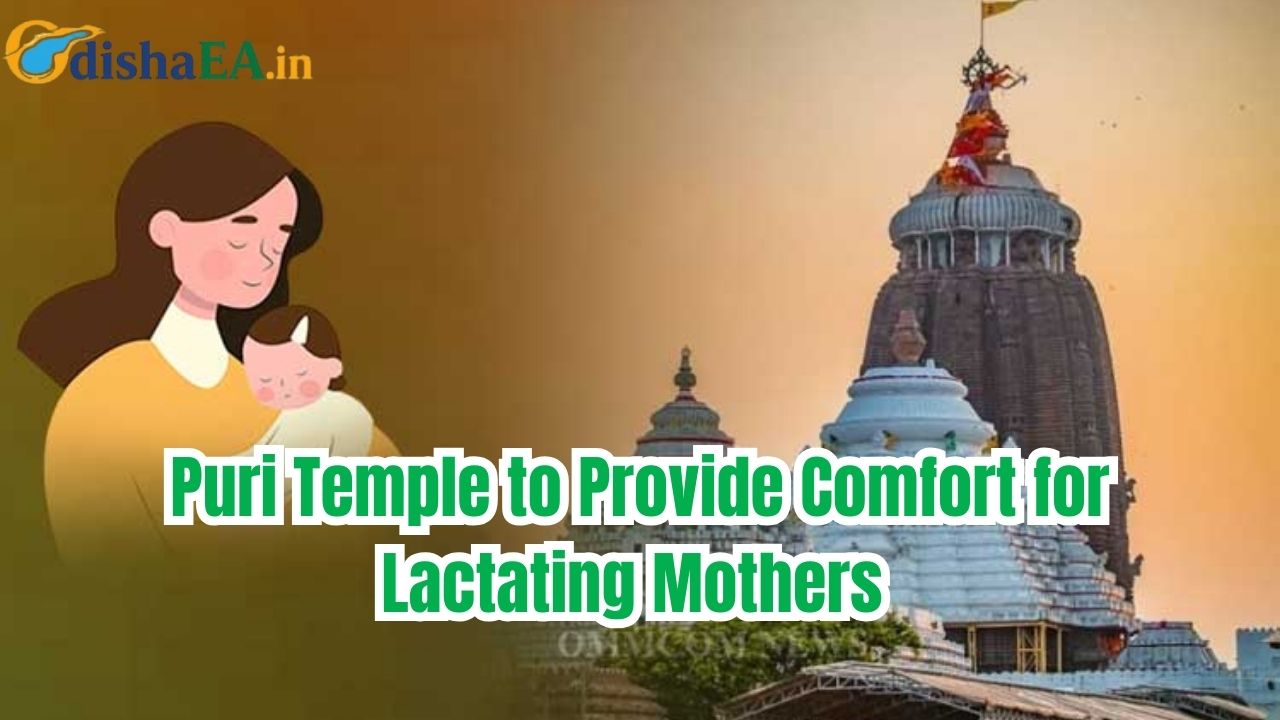In August 2025, the Indian government released a substantial amount—over ₹284 crore—under the Fifteenth Finance Commission (XV FC) to boost rural local bodies in Mizoram, Odisha, and Tripura. This release, which is part of an ongoing initiative to strengthen grassroots governance, is crucial for these states, where rural infrastructure and development need a significant push. These funds will help improve the delivery of essential services, promote economic growth at the village level, and improve the livelihoods of rural populations.

If you’re wondering what this means for the rural governance system in India, how these funds will be used, and what you can expect in the coming months, you’ve come to the right place. This article will break down everything you need to know in simple terms—whether you’re a local community leader, a professional involved in rural development, or just someone curious about how the government funds are being used.
Mizoram, Odisha, and Tripura Receive Over ₹284 Crore Under XV Finance Commission Grants
| State | Total Grant | Eligible Bodies | Main Utilization |
|---|---|---|---|
| Mizoram | ₹14.2761 Crore | 827 Village Councils | Infrastructure development, sanitation, and rural services |
| Odisha | ₹240.8149 Crore | 6,085 Gram Panchayats, 63 Block Panchayats | Water management, sanitation, rural infrastructure development Government of Odisha |
| Tripura | ₹29.75 Crore | 606 Gram Panchayats, 35 Block Panchayats, 8 Zilla Parishads | Infrastructure, sanitation, water supply systems Government of Tripura |
The Fifteenth Finance Commission’s untied grants aim to address specific needs at the local level, making it easier for rural local bodies to act based on their unique developmental challenges. So, let’s dive in and explore how this grant is set to make a difference.
The release of over ₹284 crore under the Fifteenth Finance Commission grants is a significant step toward empowering rural local bodies in Mizoram, Odisha, and Tripura. These funds will help improve infrastructure, sanitation, and essential services, ultimately contributing to the long-term development of these states. By allowing local governments the freedom to use the money as they see fit, the government is fostering more efficient and accountable governance at the grassroots level.
Understanding the XV Finance Commission Grants
The XV Finance Commission is a body set up by the Government of India that recommends the distribution of financial resources between the central government and state governments. The purpose of these grants is to empower Panchayati Raj Institutions (PRIs) and Rural Local Bodies (RLBs), which are the backbone of governance in rural areas. These funds are crucial for building infrastructure, improving public services, and supporting local development.

Under the XV Finance Commission, each state receives grants in two categories: untied grants and tied grants.
Untied Grants:
- These funds are provided for location-specific developmental needs, like building roads, schools, and hospitals, or addressing issues like local water supply and sanitation. The beauty of untied grants is that they give the states the flexibility to decide how the money is spent based on what they deem to be the most important needs in their regions. This flexibility is vital for adapting to the unique challenges of rural areas.
Tied Grants:
- These are earmarked for specific needs like sanitation, waste management, and water supply. For example, the grants are used for maintaining Open Defecation Free (ODF) status, managing household waste, and improving rainwater harvesting systems. Tied grants ensure that certain critical services are met, which are key to improving the quality of life for people living in rural areas.
How Does This Benefit Mizoram, Odisha, and Tripura?
The financial grants for Mizoram, Odisha, and Tripura are strategically important for several reasons. Let’s take a closer look at how these grants will be allocated in each state.
Mizoram
Mizoram is receiving ₹14.2761 crore under the XV Finance Commission’s grant. The funds will go to 827 eligible Village Councils in the state. These funds will focus on:
- Infrastructure Development: Building and improving basic infrastructure like roads and schools.
- Sanitation Projects: Enhancing waste management and improving sanitation facilities.
- Rural Services: Providing better access to services like healthcare and education.
This grant will play a key role in improving living conditions for people in rural areas of Mizoram, where geographical challenges can often make development difficult.
Odisha
Odisha is getting the largest share—₹240.8149 crore—under this release. This money will be distributed among:
- 6,085 Gram Panchayats and 63 Block Panchayats.
- Water Management Projects: Providing clean and safe drinking water to rural communities.
- Sanitation and Infrastructure: Ensuring proper sanitation facilities, building roads, and improving rural housing.
Odisha’s focus on water management and sanitation projects will significantly improve public health in rural areas, tackling common challenges like water scarcity and poor sanitation.
Tripura
In Tripura, ₹29.75 crore will be allocated to a variety of rural local bodies, including 606 Gram Panchayats, 35 Block Panchayats, and 8 Zilla Parishads. The funds will support:
- Village Infrastructure: Enhancing local infrastructure and basic services.
- Sanitation Projects: Ensuring the state maintains its Open Defecation Free (ODF) status.
- Water Supply Systems: Developing sustainable water supply systems for rural areas.
For Tripura, the focus on rural sanitation and water supply is essential to improving overall public health and ensuring communities have the necessary resources for growth.
The Bigger Picture: Why These Grants Matter
These grants aren’t just about handing out money—they represent a shift toward a more decentralized approach to governance. By empowering local bodies to manage their own funds and development projects, the government is fostering a sense of ownership and responsibility in rural areas.
Here’s why this is so important:
- Better Governance: Local leaders are more familiar with the specific needs of their communities. They’re in a better position to allocate funds effectively, ensuring projects that matter most are prioritized.
- Inclusive Development: These grants help reduce regional disparities in infrastructure and services, giving rural communities access to the same quality of life enjoyed in urban areas.
- Sustainable Growth: With a focus on sanitation, water supply, and infrastructure, these grants lay the foundation for long-term development and improved living standards.
Practical Advice for Community Leaders
If you are a community leader in Mizoram, Odisha, or Tripura, here’s how you can make the most of these grants:
- Assess Local Needs: Conduct surveys or meetings with community members to identify what the funds should be spent on—whether it’s improving road conditions, providing access to clean water, or building schools.
- Focus on Sustainability: While infrastructure development is important, ensure that projects are sustainable. For instance, invest in rainwater harvesting or waste recycling programs that will have long-term benefits.
- Prioritize Health and Sanitation: With a significant portion of the funds allocated for sanitation, focus on maintaining ODF status and improving local waste management systems.
- Collaborate with Other Institutions: Partner with local NGOs, private sector organizations, and government agencies to ensure that the grants are used effectively.
Odisha Sets the Stage for Digital Finance Growth with New Fintech Capability Hub
Odisha Government Enforces New Rule on Outsourcing Appointments, Finance Department Must Approve
Odisha CM Majhi Inaugurates BharatNetra: Shaping the Future of FinTech & InsurTech in India
FAQs
1. What is the XV Finance Commission?
The XV Finance Commission is an advisory body appointed by the Indian government to recommend the distribution of financial resources between the central government and state governments. It focuses on improving governance at the local level.
2. How do the grants work?
These grants are provided in two categories: untied (which can be spent based on local needs) and tied (which must be spent on specific services like sanitation and water supply).
3. Why is decentralizing power important?
Decentralization ensures that local governments have more control over their resources, allowing them to address the unique challenges they face and develop solutions that are best suited to their needs.
4. How can local governments use these funds effectively?
Local governments can assess community needs, plan sustainable projects, and collaborate with different stakeholders to ensure that the grants are used efficiently.





